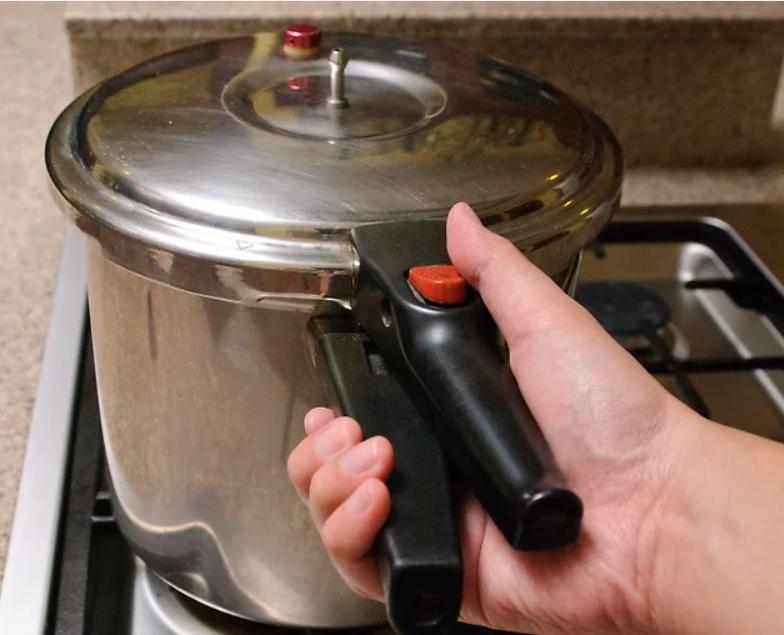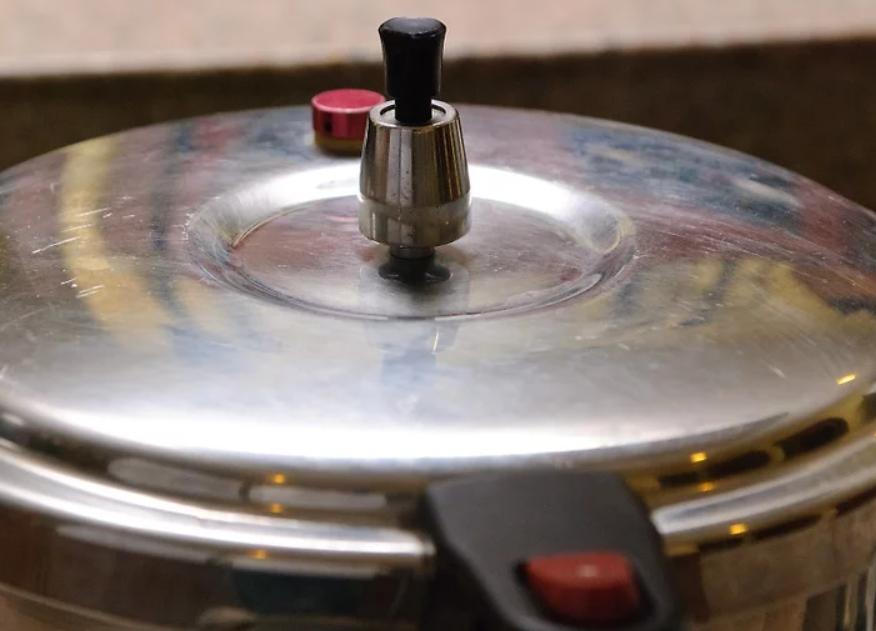A pressure cooker is an essential kitchen tool that enables you to cook delicious meals in a fraction of the time. Using it efficiently not only saves time but also preserves the nutrients in your food. Whether you are a seasoned cook or a beginner, knowing how to handle a pressure cooker with care can make a world of difference. This guide walks you through the necessary steps, key safety tips, and common pitfalls so you can use your pressure cooker with confidence and ease.

How to Use a Pressure Cooker Step by Step
Check the Pressure Cooker Before Use
Before you begin, inspect your pressure cooker for any damage. Ensure the rubber gasket is intact and the valve is free of obstructions. A malfunctioning part can lead to unsafe cooking conditions.
Add the Right Amount of Liquid
Using the correct amount of liquid is crucial for building the pressure needed to cook food. Generally, you need at least 1 cup of water, but always refer to your specific model’s manual for guidance.
Fill the Cooker Properly
Avoid overfilling your cooker. Never fill it more than two-thirds full with food and liquid. For foods that expand, such as rice or beans, limit the filling to half.
Lock the Lid Securely
Place the lid securely on the cooker and lock it in place according to the manufacturer’s instructions. The lid must be in the correct position for the cooker to pressurize correctly.

Adjust the Heat to Build Pressure
Start by turning your stove to high heat. Once the cooker reaches the desired pressure, indicated by the pressure valve or gauge, lower the heat to maintain that level.
Monitor Cooking Time and Pressure Level
Pay close attention to the cooking time and the pressure level. Different foods require different times and pressure settings. Set a timer based on your recipe.
Release Pressure Safely
After cooking, reduce the pressure before opening the cooker. Usually, this can be done by the natural release method (letting the cooker cool down on its own) or the quick-release method (using the valve to release steam).
Open the Lid Carefully After Cooking
Ensure all pressure is released. Open the lid away from your face to avoid steam burns.
What Safety Tips Should You Always Follow?
Do Not Overfill the Cooker
Overfilling can block the steam valves and lead to excessive pressure. Stick to the recommended fill levels to ensure safe operation.
Clean the Valve and Gasket Regularly
Cleaning is essential. Ensure the valve and gasket are free of food residue after each use to maintain the pressure cooker’s effectiveness and longevity.
Replace Worn-Out Parts Timely
Parts like the gasket may wear out over time. Replace any worn-out or damaged parts according to the manufacturer’s recommendations to avoid safety hazards.
Never Force Open the Cooker Under Pressure
Trying to open the lid while the cooker is under pressure is extremely dangerous. Always let the pressure release completely before attempting to open.
Common Mistakes to Avoid When Using a Pressure Cooker
Using the Wrong Liquid Amount
Too little liquid can cause the food to burn while too much can dilute flavors or prevent proper pressurization.
Ignoring Safety Indicators
Be mindful of all safety indicators and warning signs provided by your pressure cooker. Ignoring these can lead to accidents or the malfunction of the cooker.
Cooking Incompatible Foods
Some foods like pasta, certain soups, or thickened sauces can clog the steam release valve. Make sure to check if the food you are cooking is suitable for a pressure cooker.
Conclusion
Using a pressure cooker efficiently not only saves time but also enhances the flavors and nutrition of your meals. By following the steps outlined and adhering to safety guidelines, you can make the most out of your pressure cooker. Remember, safety first. Happy cooking!
FAQ
Can I open the pressure cooker before all the pressure is released?
No, never open the pressure cooker until all the pressure has been released. This can lead to severe injuries from the steam or food exploding out.
What foods should not be cooked in a pressure cooker?
Avoid cooking pasta, oatmeal, and thickened sauces. These foods can foam and splatter, potentially clogging the pressure release valve.
How do I know if my pressure cooker is working properly?
Check if the rubber gasket is flexible, the pressure valve moves freely, and there are no visible damages. Regular maintenance ensures it functions correctly.
